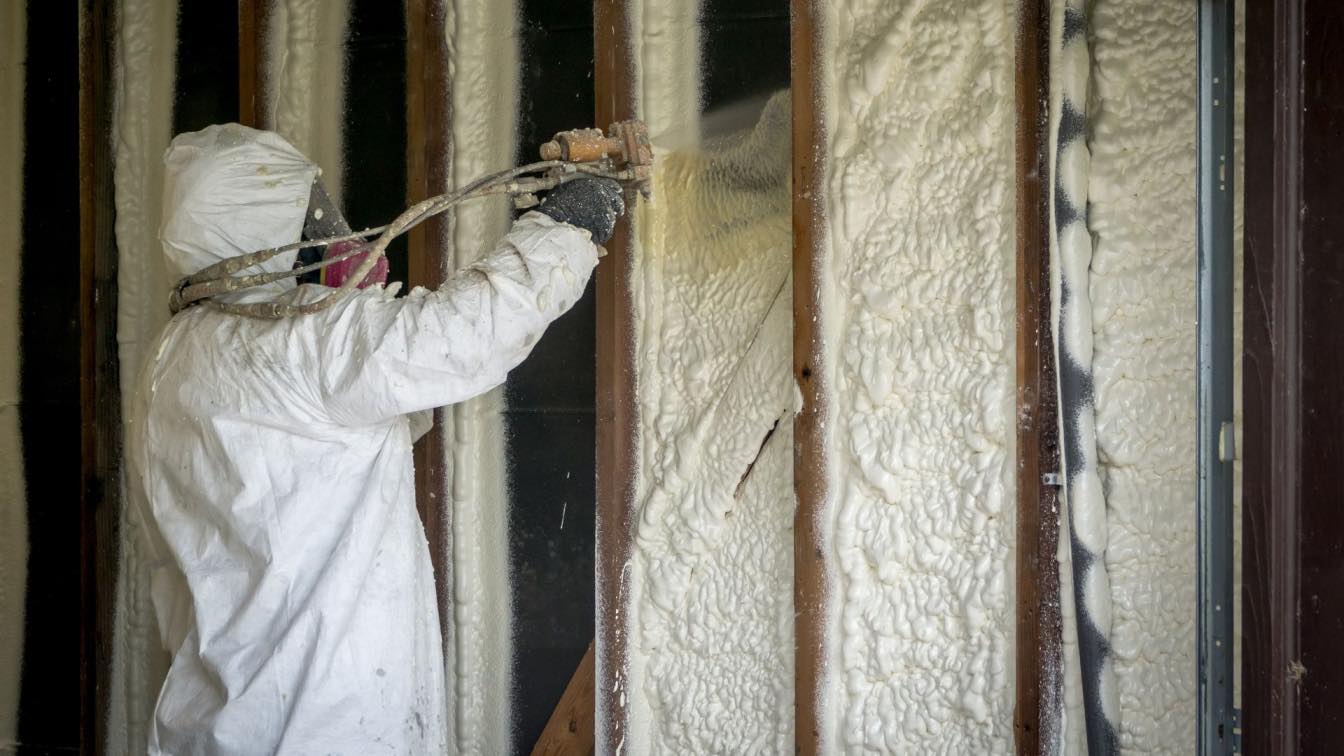Have you ever dreamt of transforming your dark, unused basement into a bright and beautiful living space? Maybe you envision a cozy home theater, a spacious playroom for the kids, or even a luxurious guest suite. But between the excitement and the reality, there's one big question: how can you afford to make it happen?
Basement underpinning, the process of lowering your basement floor and increasing its ceiling height, can be a significant investment. But don't let the initial cost discourage you! With careful planning and some smart financial strategies, your dream basement can become a reality. This blog post is here to guide you through the world of financing your basement underpinning project in Toronto, making it an achievable and affordable goal.
Understanding the Costs:
First things first, let's get a handle on the ballpark figures. The cost of underpinning a basement in Toronto can vary depending on several factors, including:
Size of the project: The larger the basement area you want to lower, the higher the cost will be.
Soil conditions: The type of soil on your property can impact the complexity and cost of excavation.
Depth of the lowering: How much lower do you want your basement floor? Deeper excavations generally cost more.
Permits and inspections: Obtaining necessary permits and scheduling inspections add to the overall cost.
Finishing touches: Remember, this cost breakdown focuses solely on the underpinning process. Additional costs will come into play when you finish your new basement space.
Breaking Down the Financial Burden:
Now that you have a general idea of the costs involved, let's explore some ways to make your dream basement a financially sound decision:
1. Budgeting and Saving:
Start Early: The best time to start budgeting for your basement project is before you even contact a contractor. Consider how much you can realistically save each month and set a timeframe to reach your financial goal.
Be Realistic: Don't underestimate the costs! Factor in unexpected expenses and leave some wiggle room in your budget for potential surprises.
Reduce Other Expenses: Look for areas in your monthly budget where you can cut back. Maybe it's eating out less, downgrading a cable package, or finding ways to save on utilities. Every little bit saved adds up!
2. Financing Options:
While saving is ideal, financing your basement underpinning project can make it more manageable. Here are some popular financing options to consider:
Home Equity Loan: If you own your home and have built up equity, a home equity loan can be a good option. This loan uses your home's equity as collateral, typically offering lower interest rates than other loan options.
HELOC (Home Equity Line of Credit): Similar to a home equity loan, but with a line of credit you can draw on as needed, offering more flexibility.
Personal Loan: A personal loan can be a good option if you don't have significant home equity. However, interest rates on personal loans tend to be higher.
Government Grants: In some cases, government grants or rebates may be available for basement renovation projects that meet specific energy efficiency or accessibility criteria. Research local programs to see if you qualify.
3. Working with a Reputable Contractor:
Choosing the right contractor is crucial for a successful and affordable basement underpinning project. Here are some tips:
Get Multiple Quotes: Don't settle for the first quote you receive. Get estimates from at least three qualified contractors to compare pricing and services offered.
Ask About Financing Options: Some contractors may have established relationships with lenders and offer financing options for their projects. See if they can connect you with potential lenders.
Look for Financing Transparency: Ensure the contractor is clear and upfront about all associated costs, including materials, labor, permits, and potential overruns.
4. Maximizing the Value of Your Investment:
Remember, a finished basement adds significant value to your home. Here are some ways to ensure your investment pays off:
Invest in Quality Materials: While upfront costs may be higher, using high-quality materials can extend the lifespan of your basement and potentially increase your home's resale value.
Consider Future Needs: Think about how you might use your basement in the future. Designing a flexible space allows for multiple uses and caters to a broader range of potential buyers.
Focus on Curb Appeal: A finished basement can also enhance your home's curb appeal, making it more attractive to buyers and potentially fetching a higher price.
Making Your Dream Basement a Reality:
Financing your basement underpinning project may seem daunting at first, but with careful planning, budgeting, and exploring financial options,your dream basement can become a reality. Here are some additional tips to keep in mind:
5. Leverage Savings Programs:
Shop Around for Materials: Compare prices for building materials at different suppliers to find the best deals. Consider purchasing materials in bulk if feasible for your project timeline.
Look for Rebates and Incentives: Certain building materials or appliances may be eligible for rebates or incentives, especially those promoting energy efficiency. Research and take advantage of any applicable programs.
DIY (Do-It-Yourself) Where Possible: If you're handy and comfortable tackling some tasks, consider doing some demolition work or painting yourself. This can save you money on labor costs. (However, remember that safety is paramount. Only undertake tasks you're confident and qualified to handle. Leave structural work and critical aspects to the professionals.)
6. Prioritize a Healthy Basement Environment:
Invest in Waterproofing: A properly waterproofed basement is crucial to prevent moisture damage and mold growth. This can save you money on repairs and maintenance down the line.
Consider Ventilation: Proper ventilation helps regulate moisture levels and improve air quality in your basement. Discuss ventilation options with your contractor to ensure a healthy and comfortable environment.
7. Long-Term Vision:
Think Beyond Today: While you may envision a specific use for your basement now, consider its potential versatility. Designing a flexible space allows you to adapt it to future needs, increasing its long-term value.
Factor in Maintenance Costs: Budget for potential maintenance costs after your basement is finished. This may include waterproofing system upkeep, routine cleaning, or potential repairs.
Conclusion:
Transforming your basement into a beautiful and functional living space is an exciting prospect. By planning your finances, exploring financing options, and collaborating with a reputable contractor, you can make your dream basement a reality without breaking the bank. Remember, a well-designed and finished basement not only enhances your living space but also adds significant value to your home, making it a worthwhile investment. For reliable basement underpinning services, consider partnering with Truenorthunderpinning.





